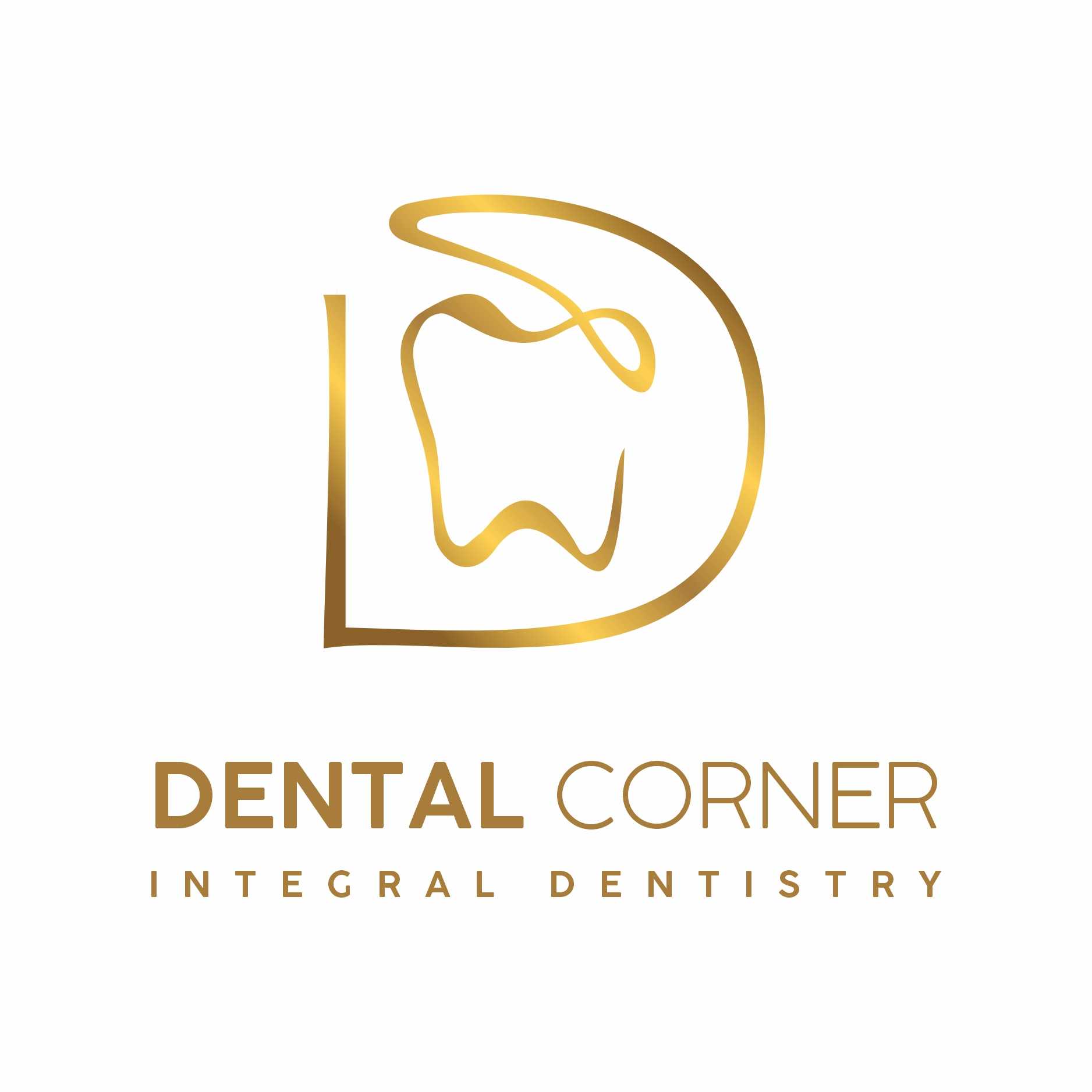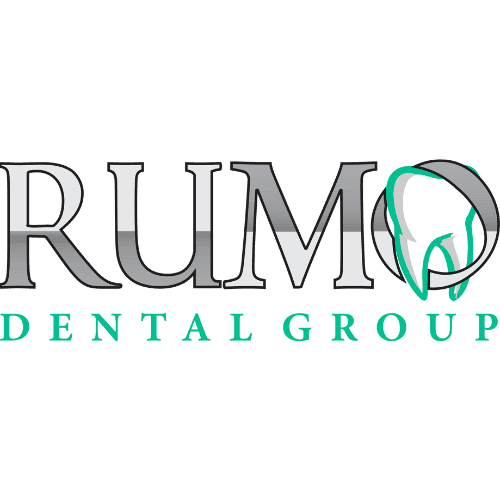
Is a damaged tooth causing you pain, embarrassment, or making it hard to chew? Maybe your dentist recommended a dental crown, but the potential cost, especially without insurance, feels overwhelming. You're not alone. Many people face this exact challenge: needing essential dental work but worrying about the price tag.
A dental crown acts like a protective cap for your tooth, restoring its shape, strength, and look. It’s a fantastic solution for many dental problems, but understanding the cost is crucial. This guide will break down everything you need to know about dental crown costs when you don't have insurance. We’ll explore what factors drive the price up or down, look at average costs, and uncover smart ways to make this necessary treatment more affordable. Let's get started!
So, What Exactly Is a Dental Crown?
Think of a dental crown as a custom-made helmet designed specifically for your tooth. It’s a tooth-shaped covering that a dentist places over a damaged or weakened tooth. Once cemented in place, it fully encases the visible part of the tooth above the gum line.
The main job of a crown is to:
- Restore: Bring back the tooth's original size and shape.
- Strengthen: Provide support to a tooth that's weak or fractured.
- Protect: Shield the tooth from further damage.
- Improve: Enhance the tooth's appearance.
Your dentist might suggest a crown for several common reasons:
- Protecting a Weak Tooth: If a tooth has a large cavity or decay, a crown can prevent it from breaking.
- Holding a Cracked Tooth Together: For a tooth with cracks, a crown acts like a band, keeping the pieces stable.
- Restoring a Broken Tooth: If you've chipped or broken a significant part of your tooth.
- Supporting a Large Filling: When a filling is so large that there isn't much natural tooth left, a crown provides necessary support.
- Anchoring a Dental Bridge: Crowns are placed on the teeth next to a gap to hold a bridge firmly in place.
- Covering Misshapen or Stained Teeth: For cosmetic reasons, crowns can dramatically improve the look of teeth that are badly shaped or discolored.
- Covering a Dental Implant: A crown serves as the replacement tooth that attaches to a dental implant post.
- After a Root Canal: Teeth often become brittle after root canal treatment; a crown protects them from fracturing.
Getting a crown is a common and highly effective way to save a tooth that might otherwise be lost.
Why Do Crown Costs Vary So Much Without Insurance?
One of the first things you'll notice when researching dental crown costs without insurance is that there isn't one single price. The cost can swing quite a bit, sometimes by hundreds or even thousands of dollars per tooth! Several key factors contribute to this wide range. Understanding these factors will help you see why one quote might differ significantly from another.
Material Matters Most: Comparing Crown Types
The biggest influence on the price is usually the material used to make the crown. Each material has its own pros, cons, and associated costs. Let's break them down:
- Porcelain-Fused-to-Metal (PFM): These crowns have a metal base covered with a layer of porcelain.
- Pros: Strong due to the metal core, good aesthetics because of the porcelain exterior. A popular, well-tested choice.
- Cons: The porcelain layer can sometimes chip. A dark line from the metal might become visible at the gum line over time, especially if gums recede.
- Cost Range (No Insurance): Typically $800 - $1,700 per tooth.
- All-Ceramic or All-Porcelain: Made entirely of dental ceramic.
- Pros: Offer the best, most natural-looking appearance. They mimic the translucency of natural teeth very well, making them ideal for front teeth. Good option if you have metal allergies.
- Cons: Generally not as strong as PFM or zirconia, though modern ceramics are improving. Can be more abrasive to opposing teeth.
- Cost Range (No Insurance): Usually $900 - $2,000 per tooth.
- Zirconia: A type of very strong ceramic material.
- Pros: Extremely strong and durable, resistant to chipping and cracking. Good aesthetic results, though sometimes less translucent than all-porcelain. Biocompatible (well-tolerated by the body). Often milled using precise CAD/CAM technology.
- Cons: Can be more difficult to adjust once placed. Their hardness can potentially wear down opposing natural teeth over time. Generally one of the most expensive options.
- Cost Range (No Insurance): Often $1,000 - $2,500 per tooth.
- Metal Alloys (Gold, Silver, Base Metals): Made from gold alloys, platinum, palladium, or base metal alloys (like nickel or chromium).
- Pros: Incredibly strong and durable, require less removal of your natural tooth structure. Very resistant to wear and fracture. Kind to opposing teeth.
- Cons: The metallic color is the main drawback; they don't look natural. Usually reserved for less visible back teeth (molars). Gold alloys are expensive and price fluctuates with the market. Base metal allergies are possible for some people.
- Cost Range (No Insurance): Gold crowns can be $1,000 - $2,500+, heavily depending on gold prices. Base metal alloy crowns are generally $700 - $1,500 per tooth.
- Resin: Made from composite resin material, similar to what's used for fillings.
- Pros: The least expensive option. Can be matched to your tooth color reasonably well.
- Cons: Much weaker than other materials. Wears down significantly faster and is prone to fractures. Usually considered a temporary solution rather than a permanent crown.
- Cost Range (No Insurance): Around $500 - $1,000 per tooth, but durability is a major concern.
Which Material is Right for You? Talk to your dentist! For front teeth, aesthetics are key, often pointing towards all-ceramic or zirconia. For back molars needing strength, PFM, zirconia, or even metal might be better choices. Your budget will also play a significant role in this decision.
Where is the Tooth Located? Front vs. Back
The position of the tooth needing a crown also affects the price.
- Front Teeth: These are highly visible when you smile and talk. Therefore, aesthetics are paramount. Dentists usually recommend all-ceramic or high-quality zirconia crowns for the best cosmetic result, which tend to be more expensive materials. The process might also require more skill and time to ensure a perfect match.
- Back Teeth (Molars): These teeth do the heavy lifting (chewing) and aren't as visible. Strength and durability are the top priorities here. Materials like PFM, zirconia, or even metal alloys are excellent choices. While zirconia is still costly, PFM or base metal alloys might offer a more budget-friendly but still very strong option compared to premium all-ceramic crowns used for front teeth.
Your Dentist's Fees: Experience and Location
Just like any professional service, the fees charged by dentists vary.
- Experience and Specialization: A dentist with many years of experience, advanced training, or who is a specialist (like a prosthodontist, who specializes in restoring teeth) may charge higher fees. Their expertise often allows them to handle more complex cases effectively.
- Geographic Location: Where the dental office is located makes a big difference. Operating costs (rent, staff salaries, utilities) are typically higher in major metropolitan areas compared to smaller towns or rural regions. These higher overhead costs are usually reflected in higher patient fees. Costs can even vary significantly between different states.
Is Your Case Simple or Complex? The Need for Extra Work
Sometimes, getting a crown isn't just about preparing the tooth and placing the cap. You might need additional dental work first, which adds to the overall cost.
- Root Canal Treatment: If the tooth's pulp (the inner nerve and blood vessels) is infected or damaged, you'll likely need a root canal before the crown can be placed. This is a separate procedure with its own cost.
- Core Build-up: If a large amount of tooth structure is missing due to decay or fracture, there might not be enough left to securely support a crown. In this case, the dentist needs to build up the core of the tooth using filling material. This adds an extra step and cost. Think of it like creating a stable foundation before putting the crown (the roof) on top.
- Gum Disease Treatment: If you have active gum disease around the tooth, it needs to be treated before crown placement to ensure a healthy foundation. This might involve deep cleaning (scaling and root planing).
- Tooth Extraction (if part of a bridge): If the crown is part of a bridge replacing a missing tooth, the cost of extracting the original tooth (if needed) is also a factor.
Any preliminary work required increases the total treatment time and the final bill.
Don't Forget the Lab Fees!
Unless your dentist uses in-house milling technology (like CEREC), your crown will be custom-made in an external dental laboratory.
- The Process: The dentist takes an impression or digital scan of your prepared tooth. This model is sent to a dental lab where skilled technicians fabricate the crown according to the dentist's specifications (material, shade, shape).
- Lab Costs: These labs charge the dental office a fee for creating the crown. This fee depends on the material used, the complexity of the crown, and the specific lab's pricing. The dentist incorporates this lab fee into the price you pay. High-quality labs using premium materials will naturally charge more.
- In-House Milling (e.g., CEREC): Some dental offices have CAD/CAM technology that allows them to design and mill ceramic crowns right in the office, often within the same day. While this eliminates external lab fees and speeds up the process, the initial investment in the technology is high, so the cost to the patient might not always be lower than traditional methods, though it offers convenience.
What's the Bottom Line? How much is a crown without insurance?
Here's a breakdown of estimated cost of a dental crowns without insurance based on crown material:
| Type of Crown | Estimated Cost Per Tooth |
|---|---|
| Porcelain or Ceramic | $800 – $3,000 |
| Porcelain-Fused-to-Metal (PFM) | $500 – $1,500 |
| Metal (Gold or Base Alloys) | $600 – $2,500 |
| Zirconia | $1,000 – $3,000 |
Okay, let's talk numbers. Keeping in mind all the factors we just discussed, here are some average cost ranges you might expect to pay per tooth for different types of dental crowns without dental insurance in the US:
| Country | Porcelain Crown | PFM Crown | Metal Crown | Zirconia Crown |
|---|---|---|---|---|
| USA | $1,000 – $3,000 | $800 – $1,500 | $600 – $2,500 | $1,000 – $3,000 |
| Mexico | $250 – $600 | $200 – $500 | $300 – $700 | $400 – $800 |
| Thailand | $300 – $700 | $250 – $600 | $350 – $900 | $500 – $1,000 |
Important: These are just estimates. Your actual cost could be higher or lower based on your specific situation, your dentist's fees, your location, the complexity of your case, and the exact materials chosen. Even with dental insurance, coverage for crowns is often around 50%, and that's after meeting your deductible and before hitting your annual maximum limit. This means even insured patients can face significant out-of-pocket costs, highlighting the challenge for those paying entirely themselves. Always get a personalized quote from your dentist.
Tooth Crown Cost with Insurance
Tooth crowns in Mexico cost $250–$600, significantly cheaper than $1,300+ in the U.S. with insurance.
Feeling Priced Out? Smart Ways to Afford Your Dental Crown Without Insurance
Seeing those numbers might feel discouraging, but don't despair! There are several practical strategies you can explore to make getting a necessary dental crown more manageable, even without insurance.
- Talk to Your Dentist About Payment Plans: Many dental offices understand that treatment can be expensive and offer in-house payment plans. This allows you to spread the cost over several months. Ask about interest rates (some might be interest-free for a period) and repayment terms.
- Consider a Dental Savings Plan: These are not insurance, but rather membership clubs. You pay an annual fee and get access to a network of dentists who offer procedures at discounted rates (often 10-60% off). This can be a good option if you need significant dental work. Research different plans available in your area.
- Look into Dental Schools: Dental schools at universities often have clinics where dental students perform procedures under the close supervision of experienced, licensed dentists. Costs here are significantly lower than private practices. The trade-off is usually longer appointment times and potentially a waitlist. Quality of care is generally high due to strict supervision.
- Explore Community Dental Clinics or Health Centers: Federally Qualified Health Centers (FQHCs) or local community clinics sometimes offer dental services on a sliding scale based on your income. Search online for options in your city or county.
- Discuss Material Options: Have an open conversation with your dentist. Ask if there are less expensive but still durable material options suitable for your specific tooth. For example, maybe a PFM crown is perfectly acceptable for a back molar instead of a pricier zirconia crown.
- Get Multiple Opinions and Quotes: Don't hesitate to visit one or two other dentists for consultations and quotes, especially for major work like crowns. This helps you compare prices and treatment approaches. Most dentists expect patients to do this.
- Use Healthcare Financing Options: Companies offer credit cards specifically for healthcare expenses. These often have promotional periods with deferred interest. Be sure you understand the terms fully, as interest rates can be high if the balance isn't paid off within the promotional period. Personal loans from banks or credit unions might also be an option.
- Consider Dental Tourism: This involves traveling to another country where dental care costs are significantly lower. Countries like Mexico, Costa Rica, and others are popular destinations. Savings can sometimes be 50-70% or more, even after factoring in travel costs. However, this requires careful research to find reputable clinics and understand follow-up care logistics. Resources exist to help connect patients with accredited international clinics.
Frequently Asked Questions (FAQs) About Dental Crowns
Let's answer some common questions you might still have:
Q: How long does a dental crown typically last? A: The lifespan of a dental crown varies depending on the material, your oral hygiene habits, how much wear and tear it endures (like grinding or clenching), and regular dental check-ups. On average, crowns can last anywhere from 5 to 15 years, or even longer. Metal and zirconia crowns tend to be the most durable. Good brushing, flossing, and avoiding very hard or sticky foods can help extend its life significantly.
Q: Is getting a dental crown a painful procedure? A: Your dentist will use local anesthesia to completely numb the tooth and surrounding area before preparing the tooth for the crown. You shouldn't feel pain during the procedure itself. Afterwards, once the anesthesia wears off, you might experience some temporary sensitivity or minor discomfort around the gum line, which can usually be managed with over-the-counter pain relievers. If you experience significant pain, contact your dentist.
Q: Can I get a dental crown in just one visit? A: Sometimes, yes! Dentists who have CEREC® or similar CAD/CAM technology can design, mill, and place a ceramic crown in a single appointment, often taking about two hours. However, the traditional method usually requires two visits: the first to prepare the tooth, take impressions, and place a temporary crown; the second (a couple of weeks later, after the lab makes the permanent crown) to remove the temporary and cement the final crown.
Q: Are cheaper dental crowns automatically lower quality? A: Not necessarily, but price often reflects the quality of materials and the expertise involved. A very low price might indicate the use of less durable materials (like resin), a less experienced dentist, or perhaps a lab using lower-cost components. It's important to ask what material is being used and understand why the cost is what it is. Focus on value (durability, aesthetics, proper fit) rather than just the lowest price tag.
Q: What happens if I need a crown but don't get one? A: Delaying or avoiding a necessary crown can lead to serious problems. The tooth could fracture further (potentially requiring extraction), decay could worsen under a failing filling, infection could develop, or you could experience increased pain and difficulty chewing. Often, waiting leads to more complex and expensive treatments down the road. Getting the crown promptly is usually the best way to save the tooth and prevent bigger issues.
Ready to Restore Your Smile Without Breaking the Bank?
Navigating the cost of dental crowns without insurance can feel like a maze, but hopefully, this guide has shed light on the path forward. Remember, while crowns represent an investment, they are crucial for protecting your dental health, restoring function, and giving you back a confident smile.
The price tag depends heavily on factors like the material used, the tooth's location, your dentist's fees, and whether extra procedures are needed. But crucially, affordable options exist. From discussing payment plans and material choices with your dentist to exploring dental schools, savings plans, or even the significant savings possible through dental tourism, you have avenues to pursue. Don't let cost be an insurmountable barrier to getting the care you need.
Find Affordable Dental Crowns with PlacidWay
Ready to explore your options for affordable, high-quality dental crowns? Whether you're considering local financing solutions or investigating reputable international dental clinics offering substantial savings, taking the next step is key. Contact PlacidWay today for personalized information and connections to help you make an informed decision about your dental care!

















Share this listing